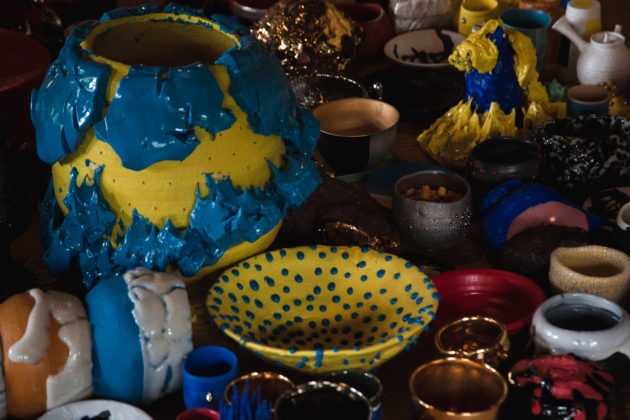
Post by Codi Hauka
Since 2012, the FEEL KIYOMIZUDERA project has been bringing Japanese artists to Kyoto’s hilltop Kiyomizu Temple, a World Heritage Site and one of Kyoto’s most popular tourist destinations.
The project utilizes the deep historical significance of the 1200-year-old venue as a platform to showcase works that express a sense of atemporality but also explore the theme of “prayer”—perhaps more accurately: “devotion—in its diverse forms. Ceramicist Takuro Kuwata’s exhibit, “Day After Day” (8.3-8.25, 2019) was well-suited to this project, combining his knowledge and aptitude of traditional Japanese ceramics with an avant-garde vibrancy in his creative approach that results in a striking balance between past and contemporary.
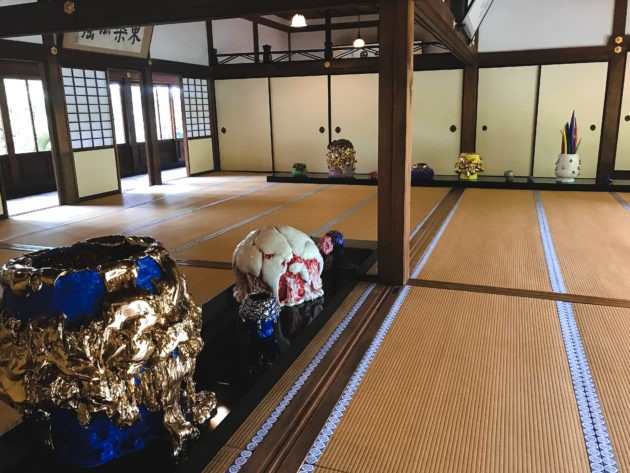
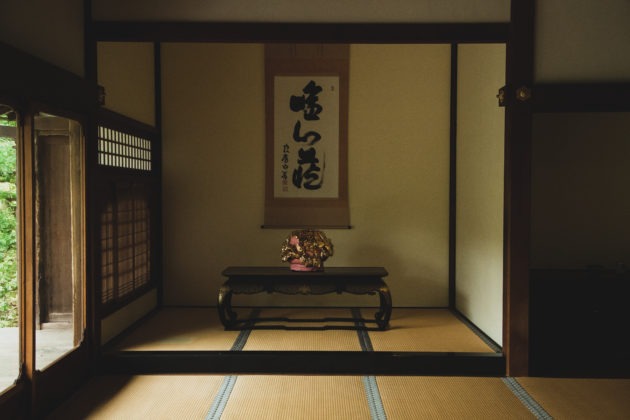
Originally from Hiroshima, Kuwata studied ceramics at the Kyoto Saga University of Arts and then Taijimi City Pottery Design and Techincal Center under ceramic artist Susumu Zaima, his unique vision attracting acclaim across the world. Kuwata’s pieces convey his understanding and respect of kairagi (the cracked glaze effect typical of Shino ware) and ishihaze (whereby stones are added into the clay mix, and burst out from it upon firing leaving dents and punctures) techniques, with a renewed vision for ceramic work through his visually arresting use of brilliant colors and metallics.
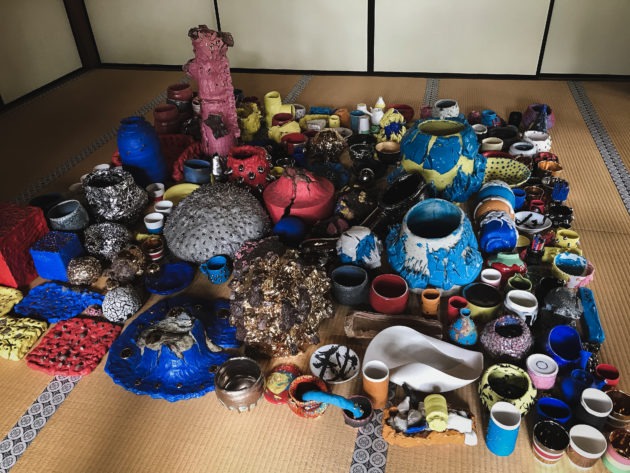
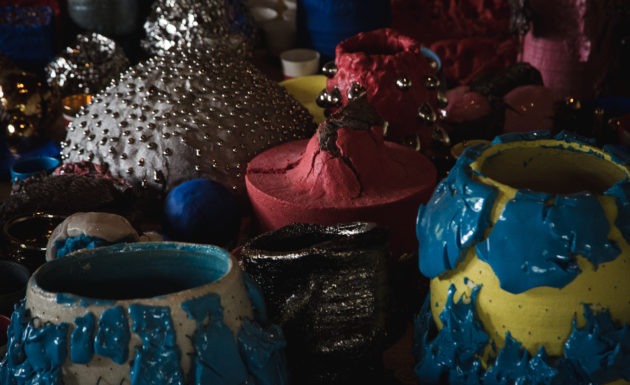
The name of this exhibit, “Day After Day”, is an expression of the ritual of production, paralleling the daily ritual of prayer that takes place a temple, the continued action of which build to result in a gradual refinement and accumulation of moments that in turn drive future expression and creativity. Kuwata’s impressive and thoughtful work encapsulates the message that the FEEL KIYOMIZUDERA project endeavors to convey; that the “form of prayer” is “more than just the act of joining your hands together; it can be a form of expression, work, or play; the notion of the process of earnestly refining something towards innocence is the Buddhist understanding of ideal “prayer.” In other words, Kuwata’s works encourage the viewer to engage with something visceral, to be still amongst the tactile beauty that surrounds you, to take the moment to feel something.
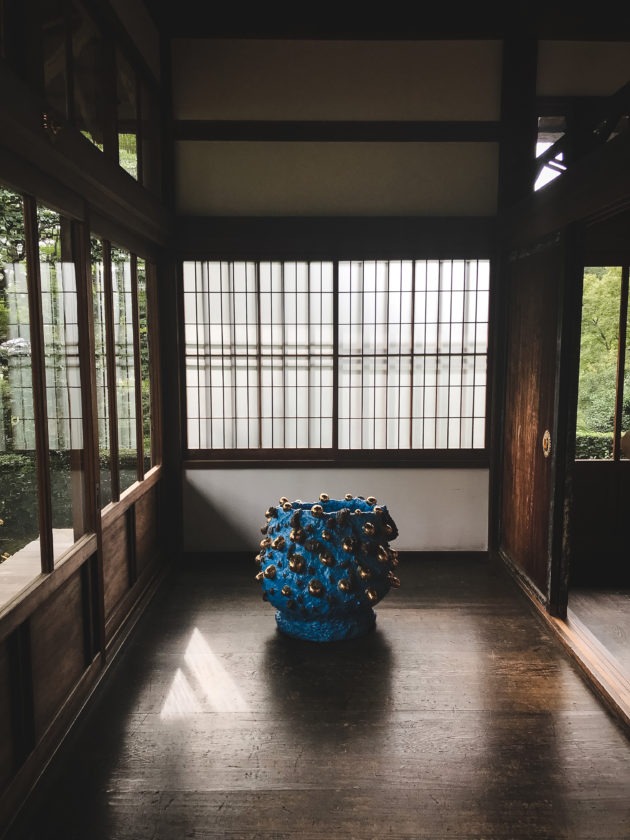
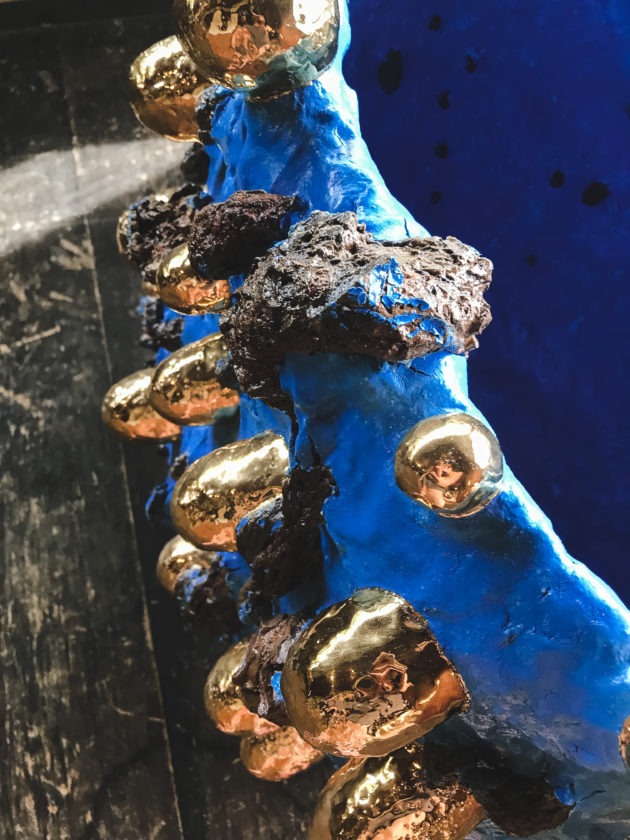
Discover more of Kuwata’s works here, and learn about past exhibits from the FEEL KIYOMIZUDERA project.

Codi is a freelance journalist, communications specialist, and researcher. Her reporting projects have taken her across the world, most recently to Kyoto where she currently lives. Her personal work focuses on how emerging technologies change human relationships and the impact of tech platforms on journalism, civic discourse, and democracy. http://www.codihauka.com/
Photos by Codi Hauka